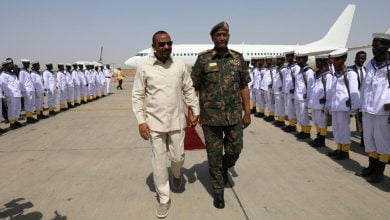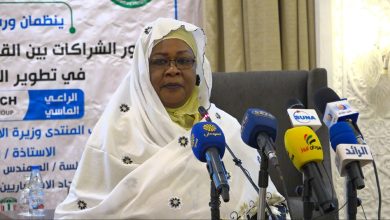
Port Sudan – Addis Ababa – almohagig – Mariam Absher
The Humanitarian Emergency Committee, in a meeting held today, on Tuesday in Port Sudan and chaired by the Minister of Finance and Economic Planning, Dr Gibril Ibrahim, assigned a mechanism formed by the relevant authorities to make the necessary arrangements to receive Sudanese refugees in the Ethiopian Amhara region. The committee asked the mechanism to work on providing the humanitarian requirements related to shelter and emergency assistance.
The meeting stressed the importance of the mechanism starting to coordinate with the relevant official Ethiopian authorities, the United Nations High Commissioner for Refugees, and the Sudanese Embassy in Addis Ababa to determine the appropriate ways to accomplish the task.
The meeting reviewed the situation of refugees in two camps in the Amhara region. It welcomed the announcement by some refugees of their desire to voluntarily return to Sudan as soon as possible due to the conditions in which they live. It called on the Humanitarian Emergency Committee to coordinate with the Ethiopian authorities and relevant organisations to visit the refugees in their camps and the surrounding area.
It is worth noting that the Sudanese Ambassador to Addis Ababa, Al-Zain Ibrahim, had, after assuming his duties in the mission, made intensive movements with the Ethiopian authorities at the Ministry of Foreign Affairs and the Department of Refugees and Returnees in Ethiopia to discuss the conditions of Sudanese refugees in the Komer and Olala camps in the Amhara region and the suffering they face due to the security situation in the region and the poor assistance provided to them, where the necessity of providing security and necessary services to refugees was ensured, including the possibility of allocating safer places for refugees. The United Nations High Commissioner for Refugees indicated that more than 7,000 Sudanese refugees fled their camps in one of the forests due to the poor security situation, including about 2,133 children and 1,027 women.





